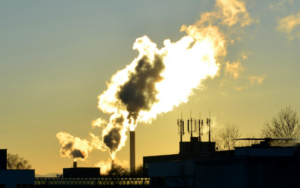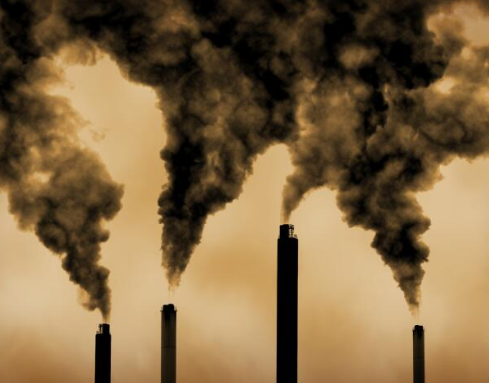Garbage incinerators, often hailed as a solution to waste management, come with their share of environmental concerns. While they offer a method to reduce the volume of solid waste and generate energy, their impact on the environment raises critical questions. In this article, we’ll delve into the environmental impact of garbage incinerators and explore alternative waste management approaches.
Air Pollution: A Burning Concern
One of the most pressing issues with garbage incinerators is air pollution. When waste materials are burned, they release a variety of harmful pollutants into the atmosphere, including particulate matter, heavy metals, dioxins, and furans. These pollutants can have detrimental effects on air quality and human health. High-efficiency filters can help mitigate these emissions, but they don’t eliminate the problem entirely.
Greenhouse Gas Emissions
Garbage incineration contributes to greenhouse gas emissions, particularly carbon dioxide. Burning waste materials releases carbon stored in them, adding to the global carbon footprint. Although some argue that incinerators can be more efficient than landfills in this regard, they still contribute to climate change.

Resource Use and Waste Reduction
Proponents of incineration often emphasize the reduction in waste volume as a positive aspect. Incineration can indeed reduce the amount of waste sent to landfills, which is beneficial when land space is scarce. It also generates energy from waste, offering an alternative to fossil fuels.
Energy Recovery and Its Limits
While energy recovery through incineration sounds promising, it’s essential to recognize its limitations. Not all waste is suitable for energy generation, and the process can be energy-intensive, making it less environmentally friendly than other clean energy sources like wind or solar power.
Ash Disposal Issues
After incineration, the remaining ash contains potentially hazardous materials that require safe disposal. Improper handling and disposal of ash can result in soil and groundwater contamination. Addressing this issue is crucial to minimize the environmental impact of incinerators.
Waste Hierarchy: A Greener Approach
The waste hierarchy offers a more sustainable waste management approach. It prioritizes waste prevention, reuse, recycling, and composting before resorting to incineration or landfilling. By reducing the amount of waste incinerated, we can significantly decrease its environmental impact.
Community Health Concerns
Garbage incinerators are often located near communities, raising health concerns for residents. The release of pollutants can lead to respiratory problems, cancers, and other health issues. Ensuring that incinerators adhere to strict emission control measures is crucial to safeguard community well-being.
Technological Advancements
Advanced incineration technologies, such as fluidized bed combustion and gasification, offer more efficient and cleaner ways to burn waste. These methods can reduce emissions and recover more energy, but they come with higher costs.
Promising Alternatives
Alternative waste management methods like anaerobic digestion, landfill gas recovery, and waste-to-energy technologies are gaining momentum. These options focus on reducing environmental harm while still harnessing the potential of waste for energy.
Local Decision-Making and Regulation
Regulation and local decision-making play a vital role in controlling the environmental impact of garbage incinerators. Stringent environmental standards, monitoring, and community involvement are crucial for minimizing negative effects.
Conclusion
In conclusion, garbage incinerators offer a mixed bag of benefits and drawbacks. While they can help reduce waste volume and generate energy, their environmental impact, particularly in terms of air pollution and greenhouse gas emissions, remains a significant concern. It’s essential to explore alternative waste management methods, prioritize waste reduction and recycling, and implement stringent regulations to mitigate the adverse effects of incineration on the environment and public health.



